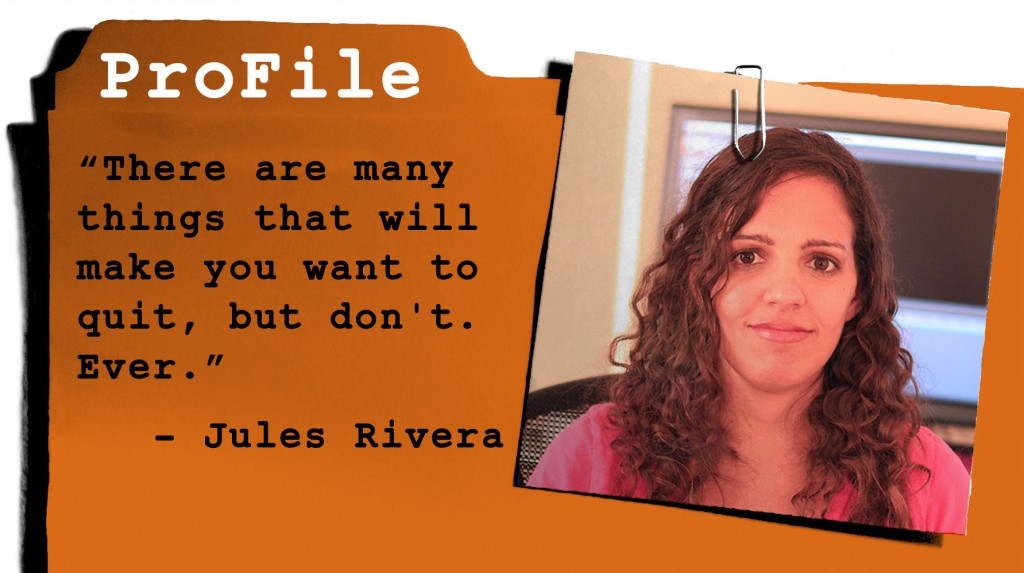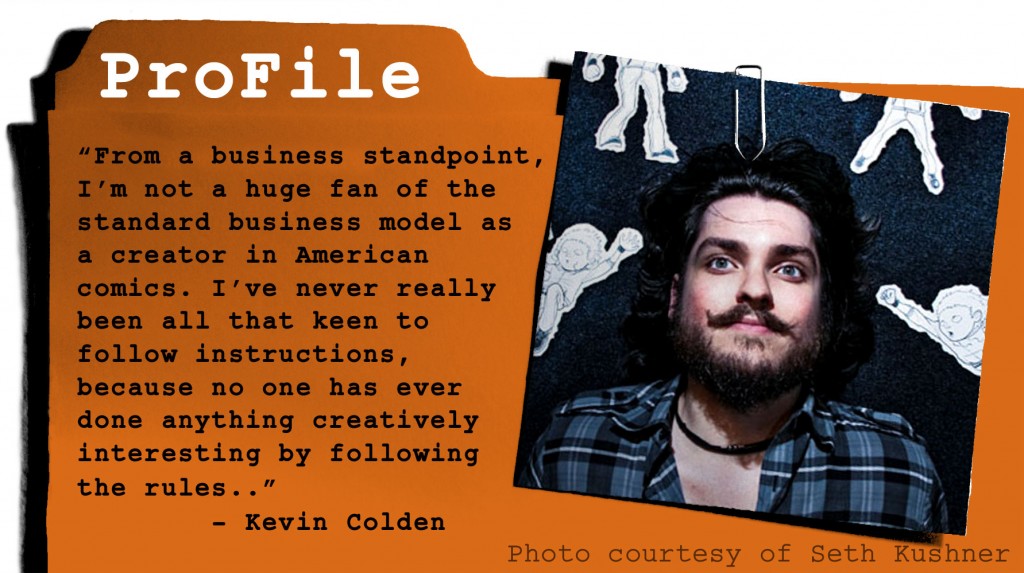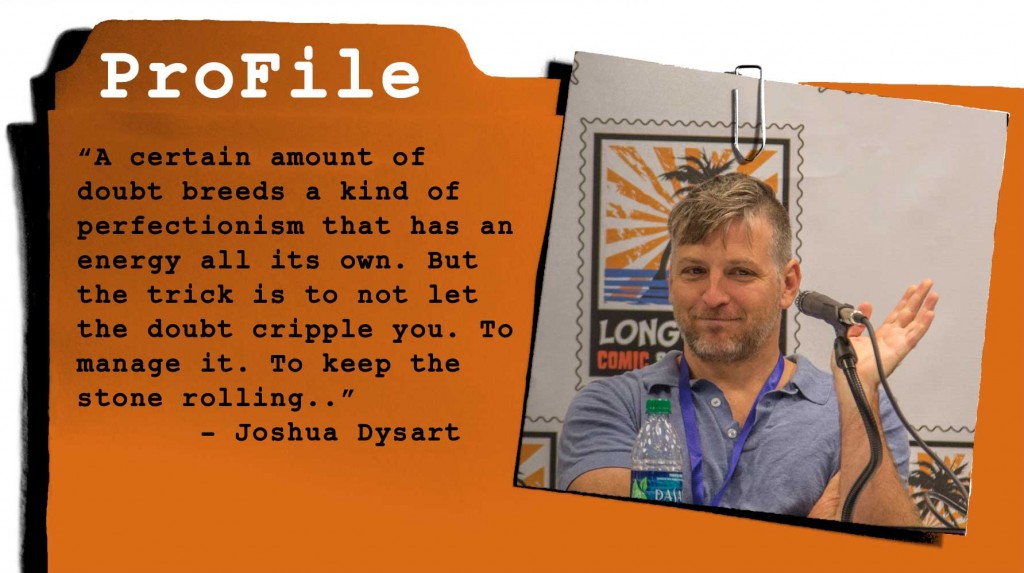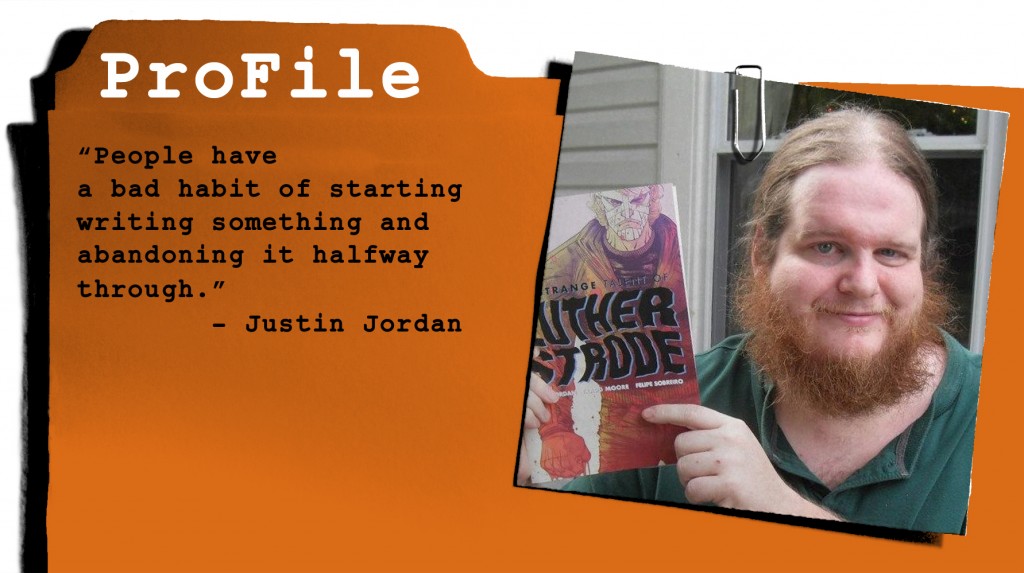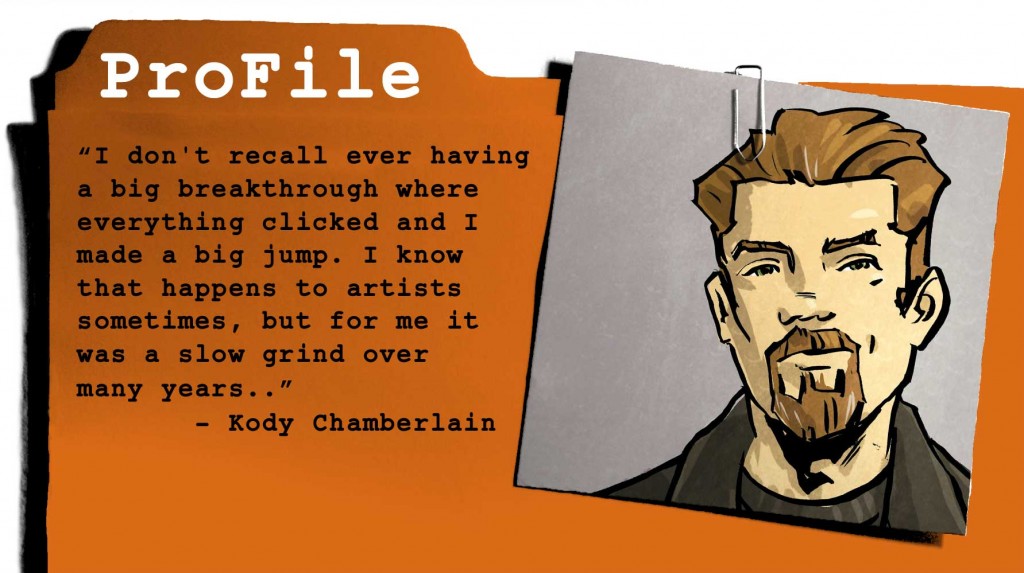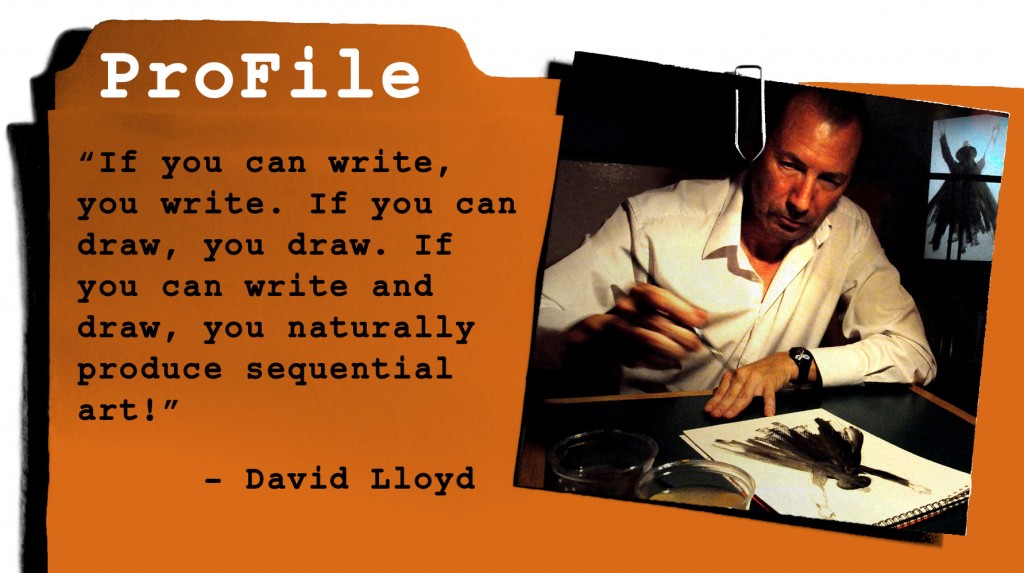 DAVID LLOYD is the well-known illustrator and co-creator of the globally successful, V For Vendetta, who’s also worked on the Hellblazer series, Aliens, Global Frequency, War Stories, and many other projects. His acclaimed crime graphic novel, Kickback, is now available as an app with all kinds of extras including a commentary. He’s collaborated on an Asterix collection ; produced his first limited-edition print,‘ The Prizefighter ‘; and written and drawn a book on Sao Paulo. His most recent work in print is a retrospective collection of short stories – Materia Oscura – which was published in Italy and Spain. He also helps manage the educational website, Cartoon Classroom, which aims to centralize all information available on the study of cartooning and sequential art in Britain and Ireland. His current occupation is editing and publishing an exclusively digital comic art magazine, Aces Weekly, which features top talent from around the world.
DAVID LLOYD is the well-known illustrator and co-creator of the globally successful, V For Vendetta, who’s also worked on the Hellblazer series, Aliens, Global Frequency, War Stories, and many other projects. His acclaimed crime graphic novel, Kickback, is now available as an app with all kinds of extras including a commentary. He’s collaborated on an Asterix collection ; produced his first limited-edition print,‘ The Prizefighter ‘; and written and drawn a book on Sao Paulo. His most recent work in print is a retrospective collection of short stories – Materia Oscura – which was published in Italy and Spain. He also helps manage the educational website, Cartoon Classroom, which aims to centralize all information available on the study of cartooning and sequential art in Britain and Ireland. His current occupation is editing and publishing an exclusively digital comic art magazine, Aces Weekly, which features top talent from around the world.
More information on David’s past and present projects can be found via www.lforlloyd.com, on Deviantart.com, and on his Facebook page.
What made you decide to work in the medium of comics?
I was good at it, loved telling stories and expressing myself that way – in the same way that any artist has to paint, I had to create these things once I realized that I could – and had seen how effective they could be! If you can write, you write. If you can draw, you draw. If you can write and draw, you naturally produce sequential art! If you want to.
What part of the process is the most challenging or frustrating to you?
None of it. Damn publishers sometimes not selling it or printing it badly is the only challenging and frustrating part of it.
If you could give one piece of advice to an aspiring comics creator, what would that be?
Work hard to be the best you can be at it.
